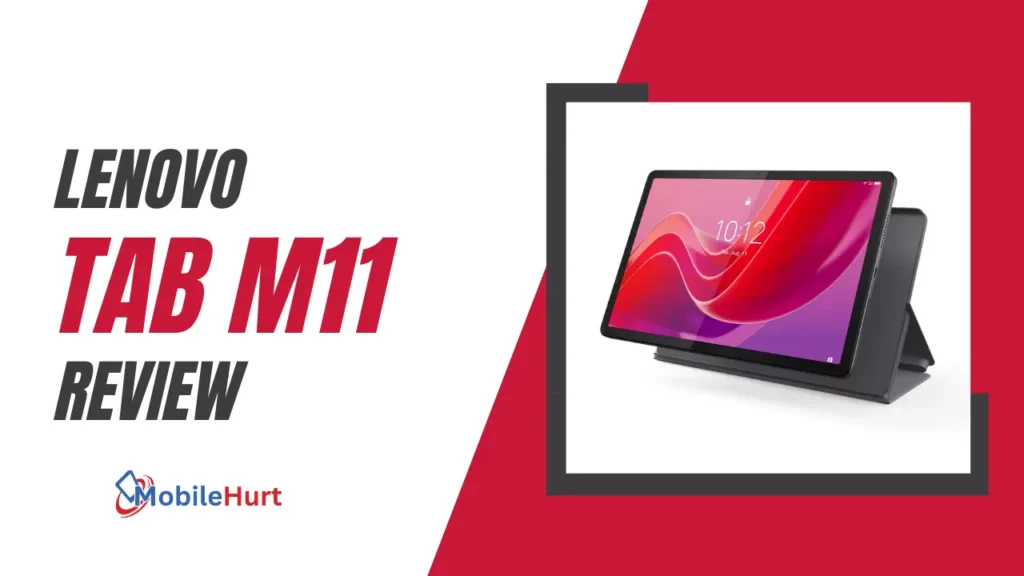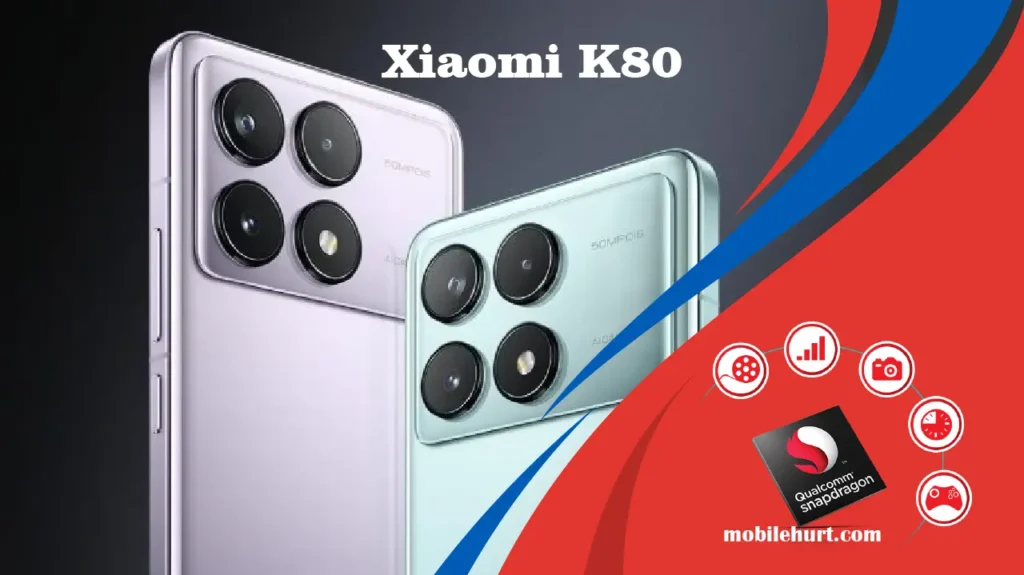Since connectivity is essential to modern life in this fast-paced digital age, the brand “Xfinity” has come to stand for cutting-edge entertainment, quick internet, and seamless communication. Xfinity, a leading provider of internet, cable TV, and home phone services, has fundamentally altered what we utilize and connect to. With an emphasis on its history, an array of products and services, technological advancements, and influence on millions of lives, this blog seeks to dissect the complex web of services offered by this company.
The Origin Story
To truly understand Xfinity, it’s essential to return to where it all began. The parent company of Xfinity is Comcast Corporation, one of the largest telecommunications firms globally. The Comcast-Xfinity merger represented more than just a rebranding; it also represented a shift to a more dynamic and all-encompassing view of connectivity.
Apple iPhone 15’s Revolutionary Feature: Dynamic Island
The Evolution of Comcast
It is essential to examine the history of Comcast Corporation, Xfinity’s parent firm, to comprehend the origins of this company. Ralph J. Roberts, Daniel Aaron, and Julian A. Brodsky formed Comcast in 1963. It started as a tiny cable operator in Tupelo, Mississippi. Through strategic alliances and acquisitions, the business grew slowly and became a major force in the cable television sector.
Initial Difficulties and Benchmarks
There were difficulties along the way for Comcast. The business encountered both financial and regulatory challenges in its early years. Comcast, however, overcame these obstacles and became a strong competitor in the cable industry with clever management and wise decision-making.
Pioneering Cable Technology
Comcast’s development was significantly aided by its dedication to technological innovation. The company was among the first to use broadband cable technology, which allowed it to offer internet services that were more dependable and faster than those obtained through dial-up connections. This was the first step in Comcast’s evolution into a complete telecom service provider.
Switching to the Xfinity brand
The Origin
2010 saw Comcast go through a major rebranding initiative that gave rise to Xfinity. The choice to rebrand was complicated and motivated by the company’s aim to reflect a wider range of services beyond cable television and break away from the bad reputation that traditional cable providers have.
Vision and Mission
With the rebranding, this company sought to represent a brand that went beyond the constraints of conventional cable services and was contemporary, vibrant, and customer-focused. The objective was to provide customers with a seamless, integrated experience for voice, TV, internet, and home services.
It’s Effect on the Internet and Cable Scene

Internet Development
Xfinity’s offerings and its internet deals have a major impact on the Internet connectivity scene. The increasing need for faster and more dependable internet connections was met with the advent of high-speed internet, which combined fiber-optic and cable technologies. By emphasizing technological innovation, this company has established itself as a leader in the broadband sector.
The Reorganization of Television Services
Xfinity TV was a big step away from traditional cable television. With features like voice-activated remotes, customized suggestions, and on-demand streaming, the X1 platform completely changed how people watched media. To improve the entertainment experience, Its TV incorporated digital trends in response to the evolving tastes of its audience.
Samsung Galaxy S25 and S25 Ultra
Innovations in Technology
Improvements in Internet Speed
To meet the increasing needs of applications that require a lot of data, this company has been pushing the boundaries of internet speed and has introduced Gigabit and higher. In the fiercely competitive market for high-speed internet providers, Xfinity has been able to hold onto its lead by continuously investing in infrastructure and technology.
Integration of Smart Home Technology
Xfinity’s entry into the smart home services market with Home shows its dedication to technological advancement. This company is considered a comprehensive solution for contemporary homes looking for a connected and safe living environment thanks to its integration with security systems, smart thermostats, and home automation capabilities.
The complaints about customer service that Xfinity and many other telecom carriers have to deal with have been one of their problems. Through programs like the Xfinity My Account app, which enables consumers to troubleshoot problems by themselves, and investments in enhancing customer assistance channels, Xfinity has proactively addressed this concern.
Mac Revolutionary Chips: M3, M3 Pro, and M3 Max
Competitive Environment
The telecommunications sector is characterized by intense competition and the frequent entry of new firms. This company has maintained its position as a leader in a constantly changing industry by navigating this terrain by concentrating on innovation, growing its service offerings, and forming strategic alliances.
This company is still at the forefront of implementing cutting-edge technologies like 5G as they develop. The investigation of new directions, such as improved connectivity and services, suggests that Xfinity will continue to develop and adjust in the future to satisfy the shifting demands of its customers.
OnePlus 12: Comprehensive Analysis of the Wonder
Going Beyond Networking
In the future, Xfinity is ready to become more than just a service provider. By combining different services, smart home technology, and entertainment options, Xfinity establishes itself as a lifestyle brand and influences how people engage with and perceive the digital world.
Conclusion
Following Xfinity’s inception and growth takes us on a journey that stresses adaptability, creativity, and resilience. Since its modest origins as a regional cable operator and the launch of Xfinity as an all-inclusive telecom provider, Comcast has undergone constant transformation to adapt to the ever-changing needs of the digital world. Xfinity’s commitment to shaping the future of connectivity is evident in that it has influenced internet services, smart home technology, television, and customer satisfaction. In the future, Xfinity’s continuous development promises to improve people’s lives by connecting them and providing them with a smooth, integrated digital experience.
Frequently Asked Questions:
What is the origin of Xfinity, and how does it relate to Comcast Corporation?
This company originated from Comcast Corporation, one of the largest global telecommunications firms. The Comcast-Xfinity merger was more than a rebranding; it represented a shift to a more dynamic and comprehensive view of connectivity.
How did Comcast overcome initial difficulties and challenges to become a major player in the cable television sector?
Comcast, founded in 1963 by Ralph J. Roberts, Daniel Aaron, and Julian A. Brodsky, started as a small cable operator. Overcoming financial and regulatory challenges through strategic alliances and acquisitions, Comcast grew steadily, becoming a significant force in the cable television sector.
What prompted the rebranding of Comcast to Xfinity in 2010, and what was the vision and mission behind this change?
The rebranding in 2010 aimed to reflect a broader range of services beyond cable television and break away from the traditional cable provider reputation. Xfinity sought to represent a modern, vibrant, and customer-focused brand, providing a seamless, integrated experience for voice, TV, internet, and home services.
How has Xfinity impacted the internet and cable scene, particularly regarding technological advancements and service offerings?
This company has significantly influenced the internet and cable scene by embracing technological innovation. It introduced broadband cable technology, leading to faster and more reliable internet connections. Xfinity TV revolutionized traditional cable television with features like voice-activated remotes, customized suggestions, and on-demand streaming.
What innovations in technology has Xfinity introduced, and how has it addressed common concerns, such as customer service issues, within the telecommunications industry?
This company has pushed the boundaries of internet speed, introducing Gigabit and higher speeds. It entered the smart home services market with Home, integrating security systems and home automation. To address customer service concerns, Xfinity introduced the My Account app, empowering users to troubleshoot issues independently, and investing in enhancing customer assistance channels.








